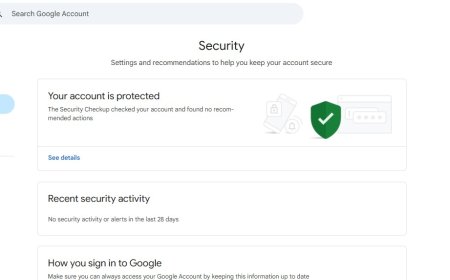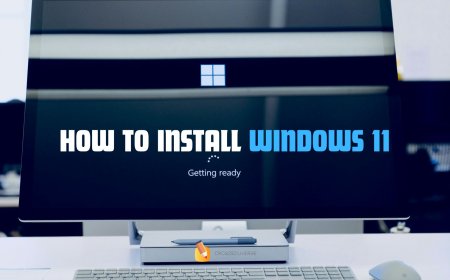How to Speed Up Windows Performance Instantly
Discover easy and effective ways to speed up your Windows computer. From disabling startup programs to managing RAM, this guide helps boost your PC's performance and responsiveness
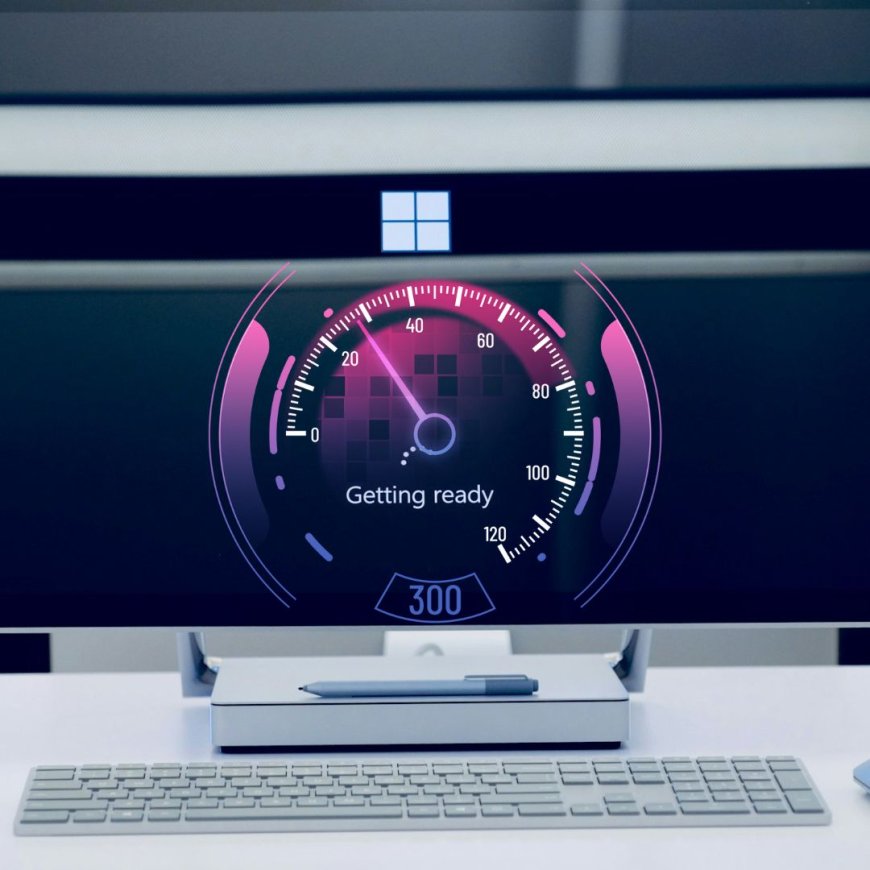
Is your Windows PC slowing down, taking forever to open apps, or freezing while multitasking? Don’t worry. You don’t need to be a tech guru or buy a new computer. With just a few changes, you can significantly speed up your system and make your work or play much smoother.
Here’s a simple, step-by-step guide to help you optimize your Windows PC for better performance.
1. Disable Unnecessary Startup Programs
Some apps automatically launch when your PC starts, slowing down boot time.
Steps:
-
Press
Ctrl + Shift + Escto open Task Manager -
Click the Startup tab
-
Right-click and disable apps you don’t need at startup (e.g., Spotify, Skype)
2. Uninstall Unused Applications
Free up system resources and storage space.
Steps:
-
Open Settings > Apps > Installed apps
-
Sort by size or last used
-
Uninstall software you rarely use
3. Clean Up Disk Space
Remove temporary files, system junk, and cache.
Steps:
-
Search and open Disk Cleanup
-
Select drive
C:and tick Temporary files, Recycle Bin, etc. -
Click Clean up system files
Alternatively, use Storage Sense via Settings > System > Storage
4. Add or Upgrade RAM
If your system lags when you run multiple programs, you might need more RAM.
Most PCs can be upgraded to at least 8GB or 16GB for smoother multitasking.
5. Switch to SSD (If You Haven’t Already)
An SSD (Solid State Drive) is significantly faster than an HDD.
-
Boot time reduces from minutes to seconds
-
Programs open faster
-
File transfers speed up noticeably
6. Scan for Viruses or Malware
Malware can slow down your system without you even realizing it.
Use:
-
Windows Security (built-in)
-
Or trusted third-party antivirus like Bitdefender or Malwarebytes
Steps:
-
Open Windows Security > Virus & threat protection
-
Click Quick scan or Full scan
7. Adjust Visual Effects
Reducing fancy animations boosts performance on older PCs.
Steps:
-
Press
Windows Key + R, typesysdm.cpl -
Go to Advanced > Settings (under Performance)
-
Choose Adjust for best performance, or customize manually
8. Update Windows and Drivers
Outdated software causes compatibility and speed issues.
Steps:
-
Go to Settings > Windows Update
-
Install all available updates
-
Update drivers using Device Manager or apps like Driver Booster
9. Restart Your PC Regularly
Don’t just keep your PC in sleep mode for days. A fresh reboot clears RAM and resets background processes.
10. Use Built-in Troubleshooters
Steps:
-
Open Settings > System > Troubleshoot > Other troubleshooters
-
Run the ones for performance, power, and Windows updates
Final Thoughts from CroszEduverse (Amos Peter Blogs)
Speeding up your Windows computer doesn’t always require expensive upgrades. Often, a few small adjustments make a huge difference in system responsiveness and boot speed. Regular maintenance is the key.
Stay tuned to CroszEduverse for more tech tips, tutorials, and real-world solutions.
What's Your Reaction?







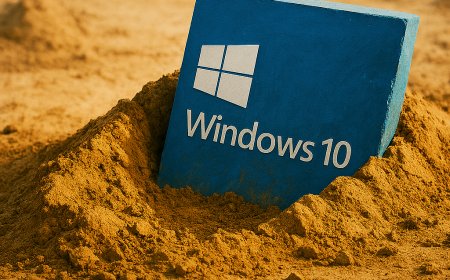

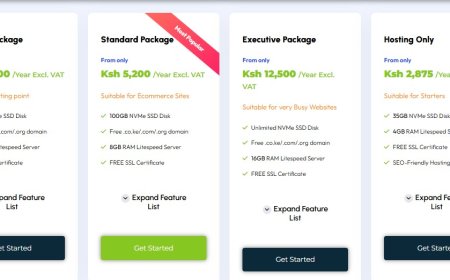


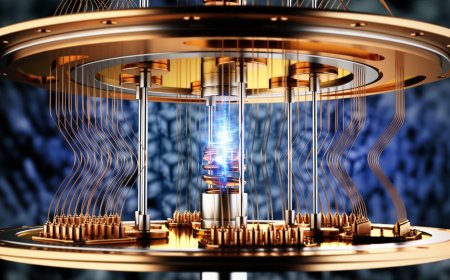
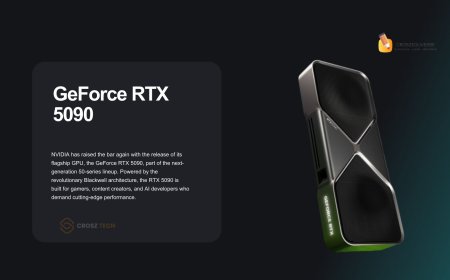

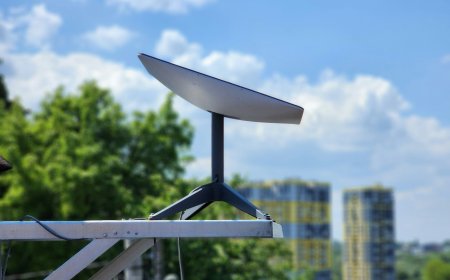
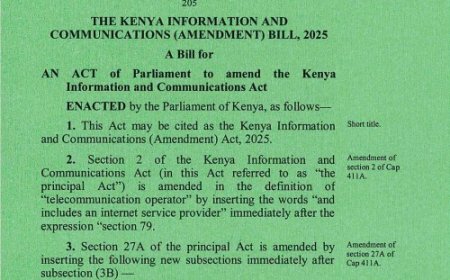



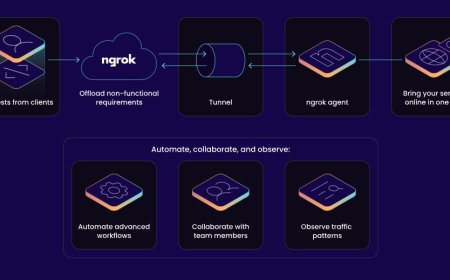

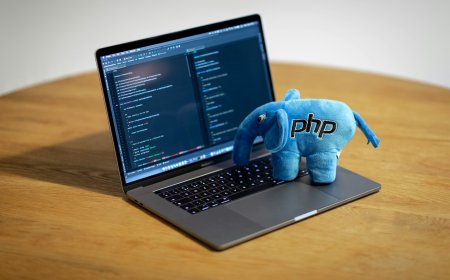

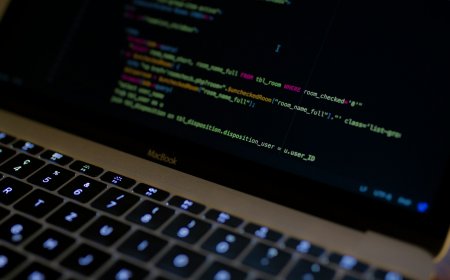
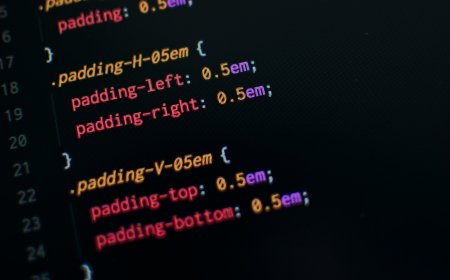
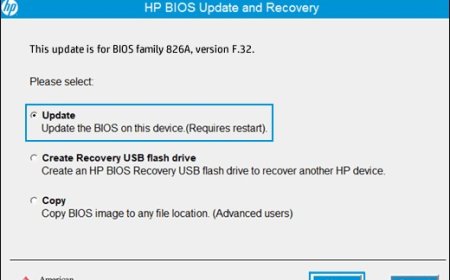
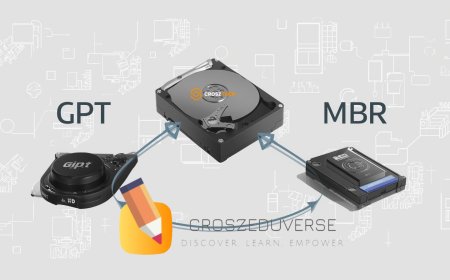
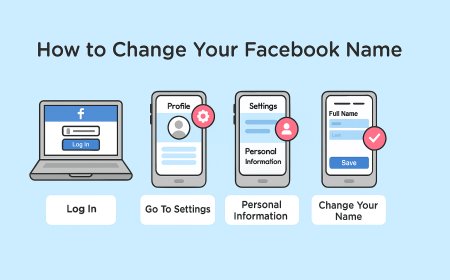
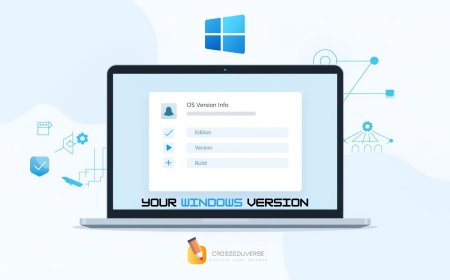
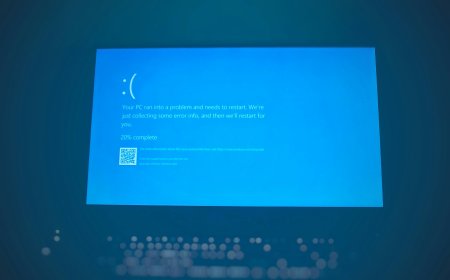
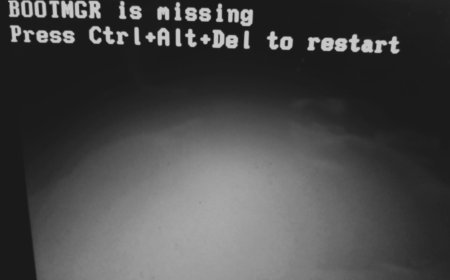
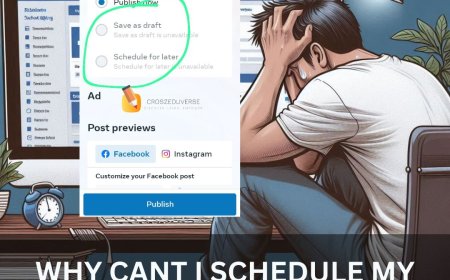
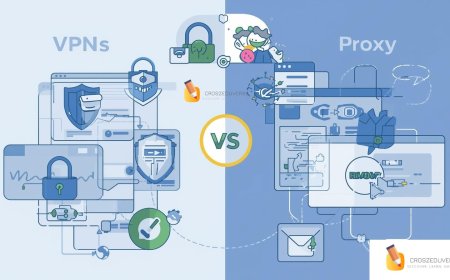


![2024 Social Media Image Sizes for All Networks [CHEATSHEET]](https://blogs.amospeter.co.ke/uploads/images/202406/image_430x256_666ad3fcd2380.jpg)




